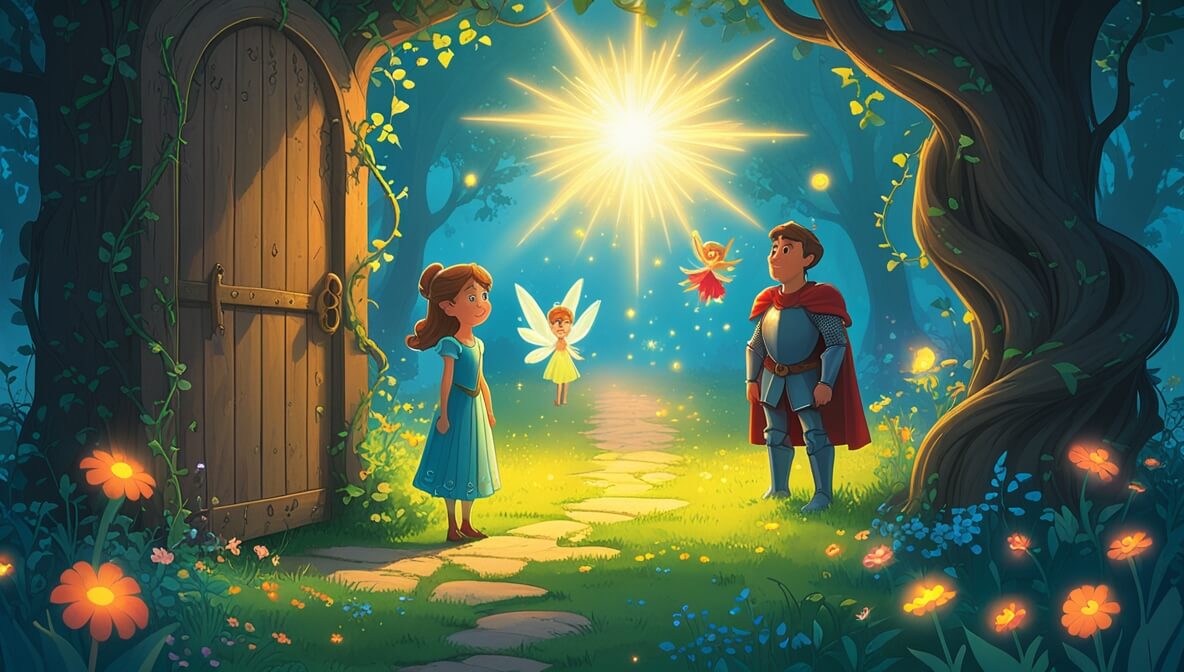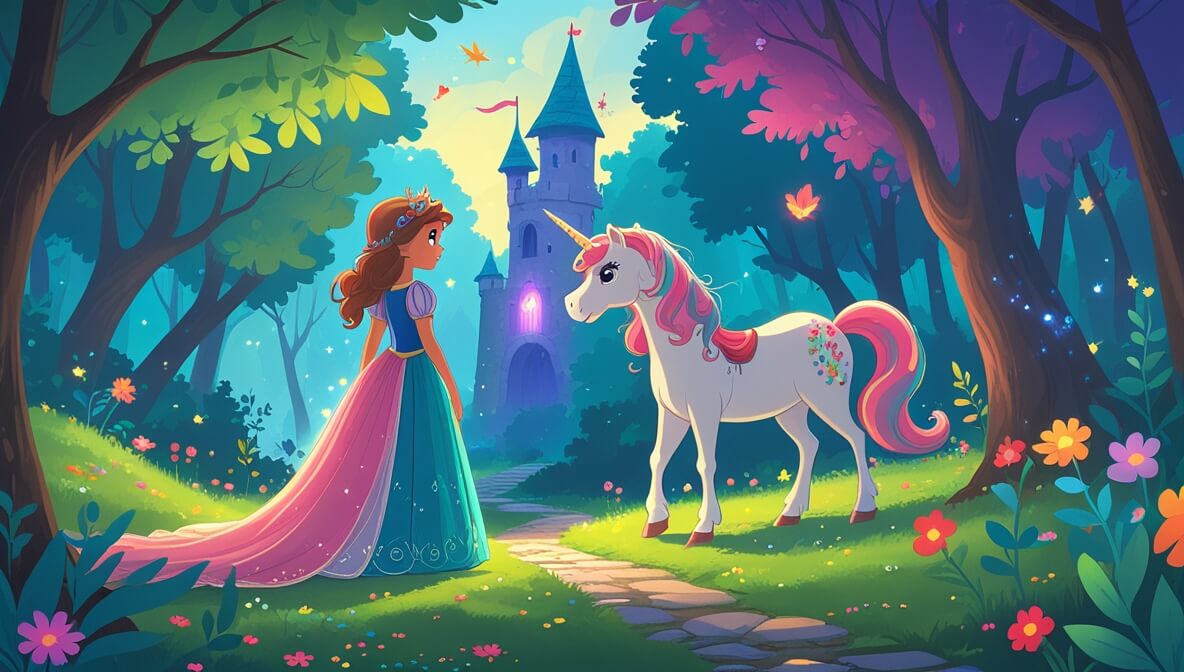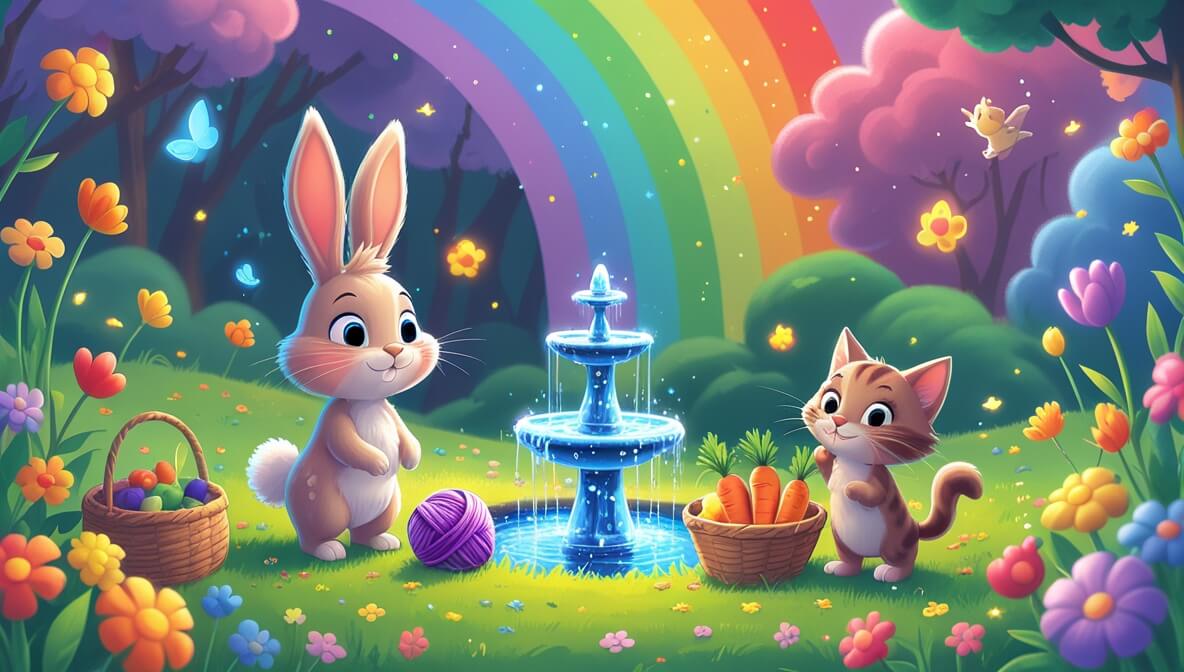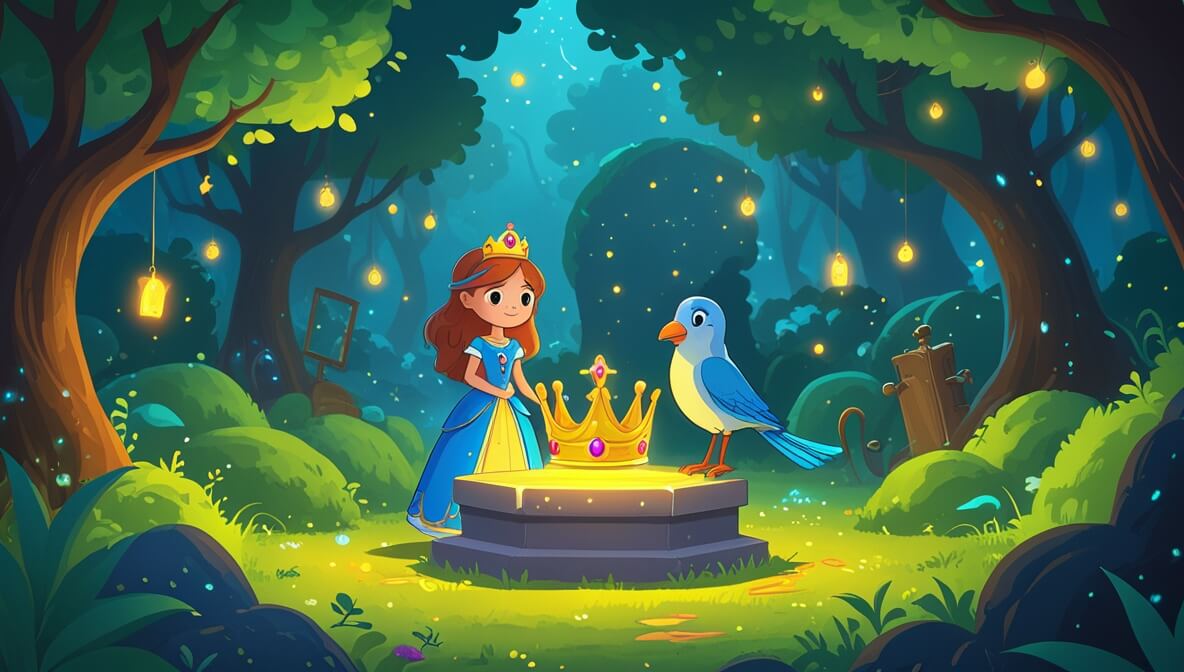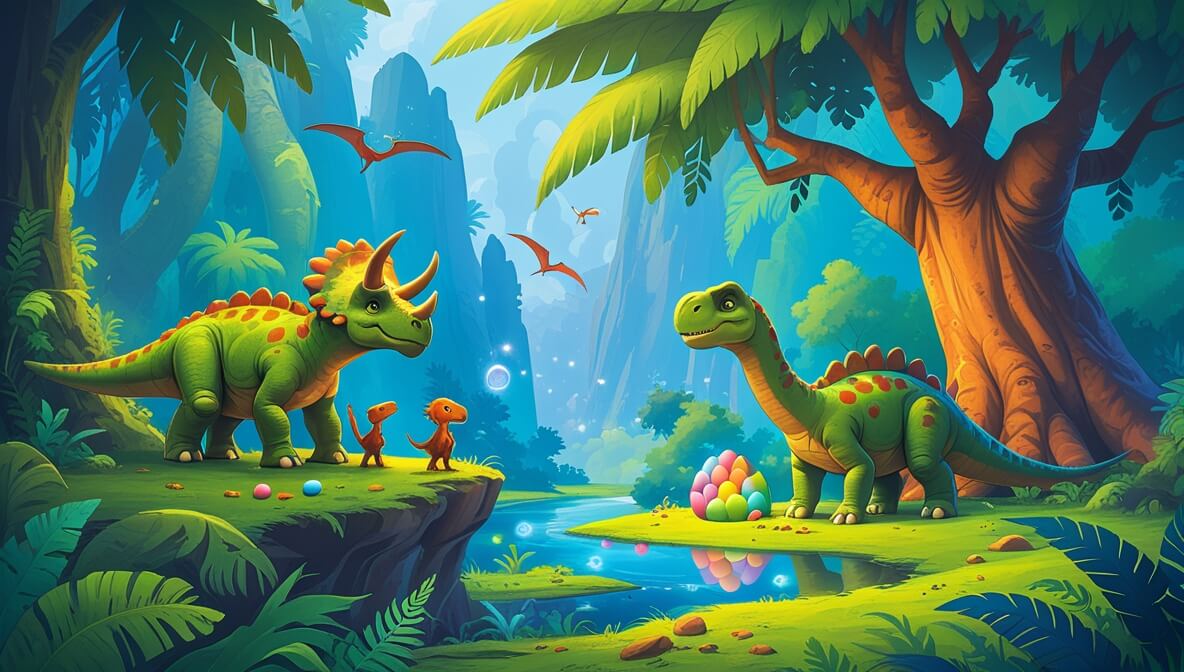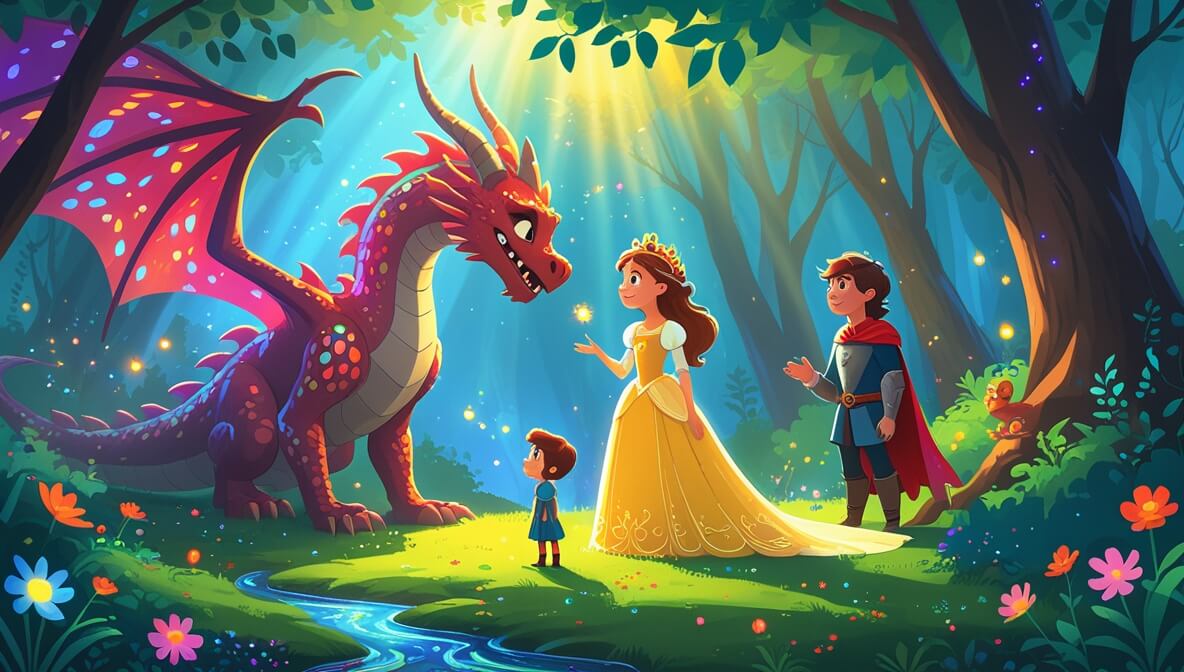In a quiet garden under the twinkling stars, a curious bunny discovers the magic of friendship and moonlight adventures.
Age Recommendation
0 – 4 years
Characters
Characters:
- Flopsy (a curious and brave little bunny)
- Luna (a wise and gentle owl)
Story
Once upon a time, in a peaceful garden, there lived a little bunny named Flopsy. Flopsy loved to jump around and explore new things. One night, he noticed a bright, glowing moon in the sky. “I wonder what it’s like up there,” Flopsy thought to himself. As he hopped closer to the garden’s edge, he met a wise owl named Luna. Luna was sitting quietly on a branch.
The moonlit garden
Flopsy looked up at Luna and asked, “Do you know about the moon?” Luna spread her wings and replied, “Oh yes, the moon is full of magic and stories.” Flopsy’s eyes sparkled with wonder. “Can you take me there?” he asked. Luna chuckled softly, “I can show you the moon’s magic from right here in the garden.”
Magic under the stars
As they talked, Luna showed Flopsy how the moon made the flowers glow and how the stars twinkled like little diamonds. Flopsy hopped around, feeling the cool night air and seeing the world in a whole new light. “The moon is amazing!” Flopsy exclaimed, his heart full of joy. Luna smiled, “Yes, and it’s always here when you need a little magic.”
The end.
Moral of the Story
The story teaches that magic and wonder can be found in everyday places, especially when shared with a friend.
Questions to Think About
- What do you think Flopsy found most magical about the moon?
- How did Luna help Flopsy see things differently?
- Have you ever seen something magical at night?
- What would you do if you could visit the moon?
- Why is it important to have a friend like Luna?
Do You Know
- Owls have very good eyesight and can see well in the dark.
- The moon does not make its own light; it shines because it reflects light from the sun.
Word Explorer
- Glowing: Shining softly with light.
- Wonder: A feeling of amazement and curiosity.
- Twinkle: To shine with a flickering light.
Emotions in the Story
- Curiosity: When Flopsy wanted to learn about the moon.
- Joy: When Flopsy saw the magic of the garden at night.
- Friendship: When Luna shared the wonders of the night with Flopsy.
Color Your Scene
Imagine the garden at night, with a big, bright moon in the sky and stars twinkling all around. Picture Flopsy, the little bunny, hopping happily among the glowing flowers, while Luna the owl watches from a tree branch. What colors do you see? Try drawing this magical night scene using lots of silver, blue, and soft yellow!
Parents’ Corner
This story is a wonderful opportunity to discuss the importance of seeing beauty in the world around us:
Curiosity: Encourage your child to ask questions about the world, just like Flopsy does about the moon.
Appreciation of nature: Talk about the wonders of the natural world, such as the stars and the moon, and how they can be awe-inspiring.
Friendship: Highlight how Luna helps Flopsy discover something new, showing how friends can teach us and make experiences special.
Imagination: Support your child’s creativity by encouraging them to imagine their own adventures and magical places.






